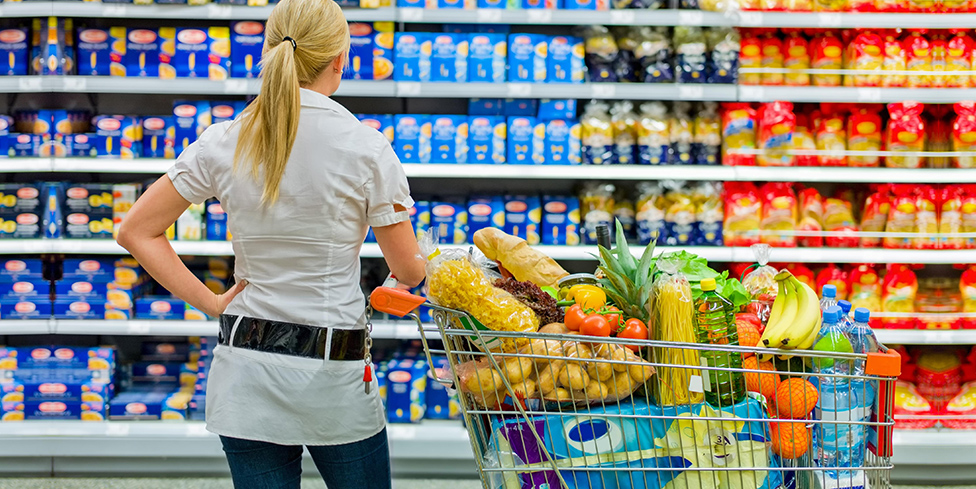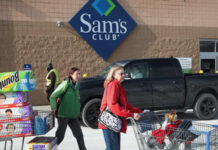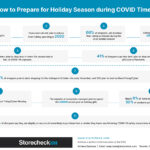Are we back to normal? Not quite so, below trends show us a permanent trend that retailers and brands need to adapt in times to come.
Walkin Traffic in Stores
- Store traffic to several major grocery brands has fully recovered from the early months of the coronavirus pandemic, with Albertsons, Kroger, Publix and Trader Joe’s all seeing year-on-year growth in visits in August, according to a new report by Placer.ai.
- Foot traffic at Whole Foods, the lowest-performing of the eight grocery brands analyzed, was down 22.5% year-over-year in August, but the banner still recorded an upward trend in visit rates last month. They are currently investing heavily in their online platforms. Whole Foods Market has opened its first online-only store, located in the New York City borough of Brooklyn.Parent company Amazon said the so-called “dark store,” which went into operation yesterday, will fulfill delivery orders only and help Whole Foods better meet rising customer demand for grocery delivery service. The brand-new facility, situated in the borough’s Industry City neighborhood, will serve customers in the Brooklyn area exclusively. Austin, Texas-based Whole Foods hired hundreds of new workers to run the store, including people from within the company. Associates are “100% dedicated” to facilitating grocery delivery, enabling them to quickly receive, shop and prepare orders for delivery to a greater number of customers, Amazon said.
- Placer.ai tracks customers’ frequency of retail visits and length of time spent inside stores using cellphone data. Since its last report in May, it saw positive growth in both overall visit numbers and visit duration.
Consumers forgoing online grocery are motivated by price:
- Consumers who buy groceries primarily in person place a greater weight on price compared to online shoppers, who tend to prioritize speed of delivery, according to a survey of around 1,000 shoppers commissioned by micro-fulfillment company Takeoff Technologies.
- Among those surveyed, the most common demographic of online grocery shoppers were men who are the primary shopper for their household. Households of four and of five or more members accounted for the highest percentage of online shoppers, with 68% and 71% respectively shopping at least partly online.
- Accessing a large variety of products was not viewed by most shoppers surveyed as important, nor was speed of delivery, as long as it was made same-day.
Walmart still wants Tik Tok
On Sunday, Oracle beat Microsoft Corp in the battle for the U.S. arm of TikTok with a deal structured as a partnership rather than an outright sale to try to navigate geopolitical tensions between Beijing and Washington.Walmart had teamed up with Microsoft on the unsuccessful bid.
ByteDance, TikTok’s Chinese owner, had been in talks to divest the U.S. business of its hugely popular short-video app to Oracle or a consortium led by Microsoft after U.S. President Donald Trump ordered the sale last month and said he might otherwise shut it down.
After Microsoft said it had been informed by ByteDance that the Chinese firm would not be selling TikTok’s U.S. operations, Walmart said it would talk further with ByteDance and “other interested parties.”
Asked on Monday whether the other parties include Oracle, a Walmart spokesman declined to comment.
For Walmart, a relationship with TikTok could supercharge the world’s largest retailer’s battle against Amazon.com Inc in e-commerce and online advertising.
But transforming TikTok from a platform where some 50 million U.S. daily users share short-form videos of people dancing and lip-synching into a shopping powerhouse will be a challenge for the Bentonville, Arkansas-based company, analysts say.
Stay abreast with retail trends and news, subscribe to Storecheck Blogs










